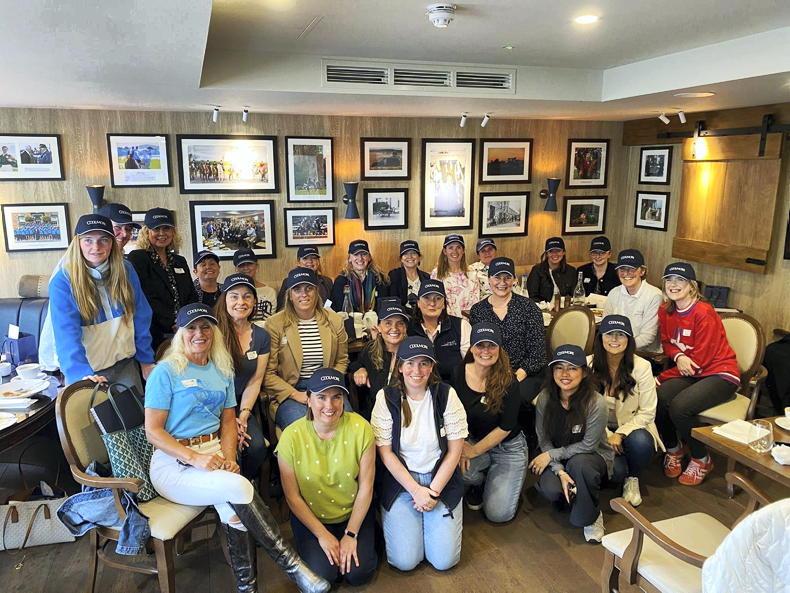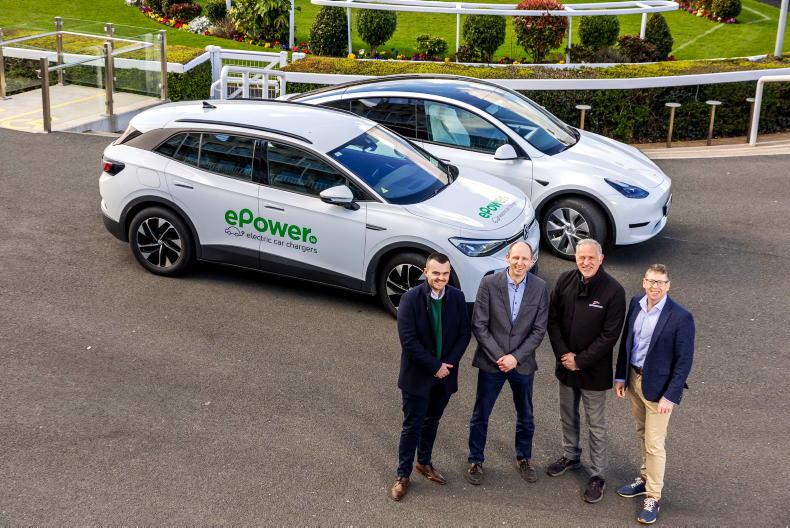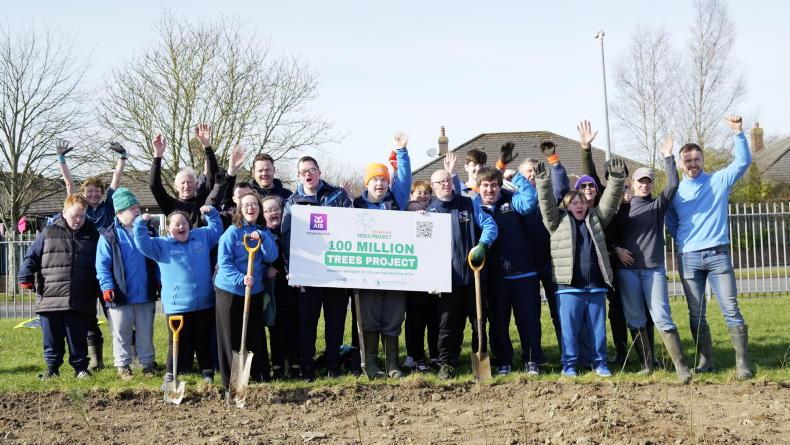AS the crowds visit studs across the country for the ever popular ITM Irish Stallion Trail, the symbiotic nature of the Irish thoroughbred and the land it is raised and trained upon, is perfectly illustrated in the very finest quality of horses we see parading before us.
As we have seen through the Climate Action Plan 2023, farmers (including equine) are being incentivised to reduce their carbon footprint through various grant schemes.
More than ever before we can also see a burgeoning culture of mindset change, not just a nod to sustainability here and there to box tick or cash collect, but instead, a fundamental change of stud and racing management in a move towards best environmental practice and in turn towards the secure future of the thoroughbred community.
Blazing a trail
It has already been shown scientifically that low-impact grassland farms, such as equine studs, have a lower environmental impact than arable or livestock farms, so as a community we’re already slightly ahead when it comes to nature-friendly farming. Many of our larger studs have been blazing a trail balancing stock, sport and sustainability.
Coolmore and Kildangan Studs are among the many businesses operating with sustainability at the fore. Both utilise onsite compost production to reduce chemical fertilisers and recycle what comes naturally to horses. 
In recent years Kildangan Stud has initiated a range of environmental diversity and sustainability projects including a pollinator programme with beehives and rewilding of grass areas using native wildflower seedings. Kildangan also utilise beef cattle and their role in pasture management, plus hedge management, reed beds, willow crops and water harvesting.
Clean water, fresh air, healthy fertile soils, biodiversity and a vibrant ecosystem are the five most significant areas for the Coolmore Stud farm. As part of their grassland management plan, Coolmore aim to encourage grass growth by eliminating environmental factors which may impact negatively. The Coolmore method is extensive not intensive farming. Stock numbers are kept low in terms of head per acre and all organic matters are treated to stabilise nitrogen. Coolmore employ all possible technologies to reduce emissions.
Wholly scalable
As well as technologies, diversity is used as a powerful tool and many of the studs on the ITM Irish Stallion Trail are planting hedges and trees to sequester carbon. Not all of us are farming on the Coolmore and Kildangan scale, but their methods are wholly scalable. There are so many ways for equine farmers to increase biodiversity on their farms including cutting hedges every two years instead of annually, planting hedging which provides excellent ecosystems and also sequesters carbon both above and below the ground. Planting wildflower seed on unused areas and removing weeds such as ragwort by hand, rather than strimming every inch.
True pioneers
Our Irish racecourses are blazing a trail when it comes to impactful sustainability practices. Richard Stapleton and Peter Roe at Fairyhouse Racecourse are true pioneers for sustainability. Whether irrigating to maintain safe racing and training ground, caring for horses or for sanitation – water is central to racing’s day-to-day operations. Fairyhouse now boasts 1.5 million gallons of harvested water for use across their site. Fairyhouse is also the first racecourse in Ireland to convert their machinery fleet to 100% HVO vegetable oil fuel which means 90% emissions reduction compared to diesel. They have 7500 trees planted across the last three seasons including birch and leylandii plantations helping towards the building of fences. The inner and outer track rings at Fairyhouse are now grazed by sheep helping towards a reduction of glyphosate sprays by almost 50%. 
Punchestown is another good example of sustainability in action with initiatives including the Bee Sound biodiversity project and tree planting, preservation of wetlands and creation of reservoirs as part of a long-term strategy, Punchestown is a massive site and where they can they have upgraded a majority of light fittings to low energy LED, reducing cost and increasing efficiency.
Sustainability strategy
In their recent budget statement HRI committed to a series of decarbonising projects to be rolled out in 2025 as well continuing the roll out of their “Racing Towards a Better World Strategy” which embraces social and governance related sustainability matters as well as the more recognisable environmental/biodiversity aspects of going green. HRI as a public body are focusing on decarbonisation strategies in line with Government and EU emissions targets.
HRI are providing grant aid to racecourses for targeted sustainability projects such as EV charging points and energy efficiency retrofits to existing facilities. They have also established a “Sustainability in the Equine Industry Forum” involving representatives from many industry stakeholders. This group meets on a regular basis to exchange knowledge and learn from what different organisations are doing and what does and doesn’t work as we all try to balance Environmental, Social and Governance (ESG) responsibilities and cost.
Where to start?
Unsure where to start on your stud farm? The Thoroughbred Breeders Association in Britain released a Stud Farm Carbon Calculator in 2023 to directly help member breeders understand their baseline carbon footprint. It would be great to see an equine-focused initiative such as this for Irish breeders. There are carbon calculators which are currently available in Ireland including Agrinewal, The Cool Farm Tool and Farmeye and organisations such as Teagasc, Farming For Nature, the Nature Friendly Farming Network and BASE Ireland are all great ports of call for guidance on how to move towards making your stud farm more sustainable.
During 2025, HRI are building a database of fact sheets and ‘How To’ guides and case studies for each sector of the industry to draw from, regardless of the scale of their operation. So whether you are a racecourse looking to install heat pumps and solar panels, a breeder looking to enhance the biodiversity on your farm, or a trainer looking to improve energy efficiency and reduce consumption and overheads, there will be resources available on the HRI website to help get your sustainability journey started. CLICK HERE TO REGISTER FOR THE ITM IRISH STALLION TRAIL




 This is a subscriber-only article
This is a subscriber-only article
 It looks like you're browsing in private mode
It looks like you're browsing in private mode













SHARING OPTIONS: